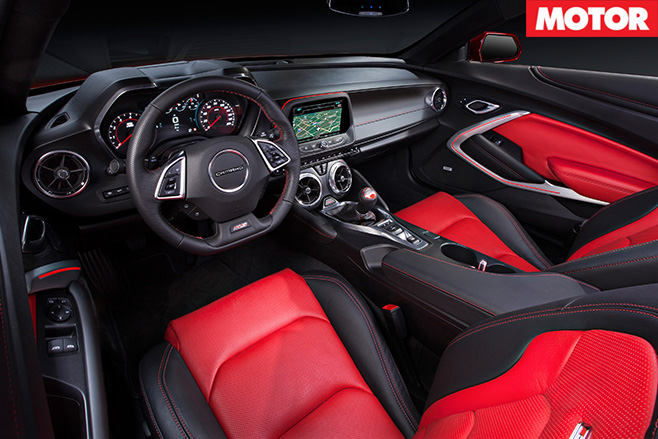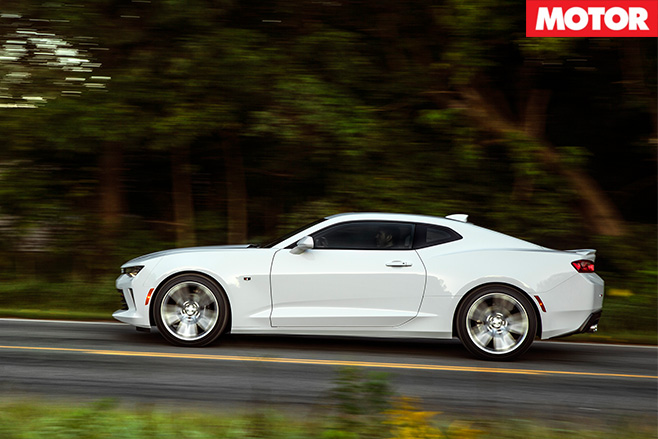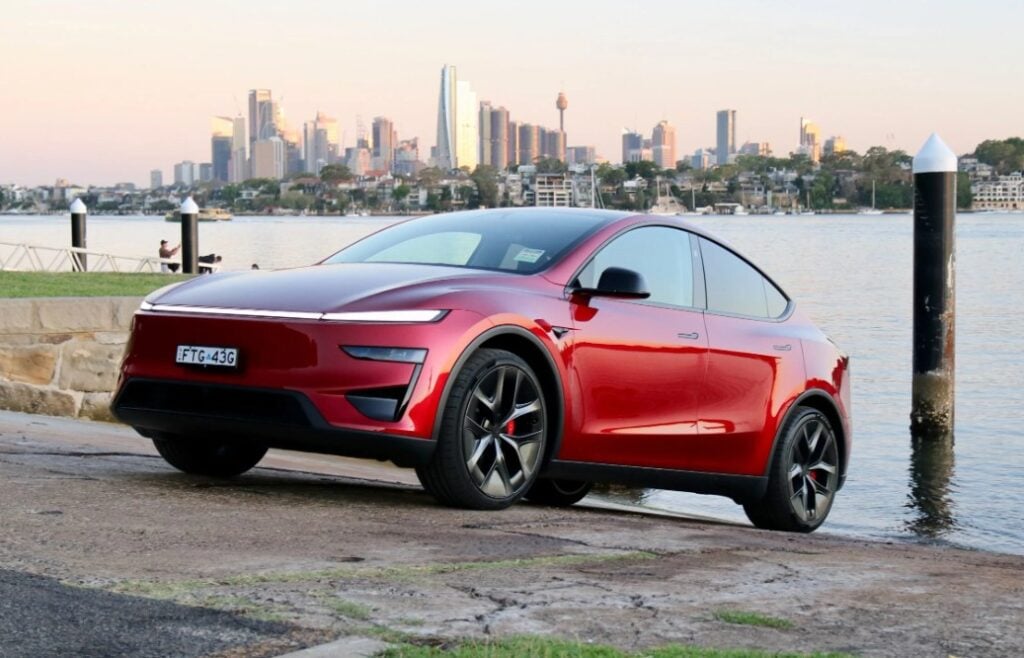When car makers grace us with something ‘all new’, more often than not there’s a lot of carry over, whether it’s the drivetrain or even the platform.
The 2016 Chevrolet Camaro, however, really is all new, right from the ground up, which makes it a remarkable departure from the outgoing fifth-gen model which had its roots grounded in the 2006 Holden VE Commodore.
Starting with the state-of-the-art platform that underpins the upscale Cadillac ATS and CTS models, including their formidable V-branded performance variants, this new Camaro has got the fundamentals right. Suspension is MacPherson struts up front with a sophisticated five-link setup at the rear. Ford has made plenty of noise about the new Mustang’s independent rear-end, but the Camaro has had such an arrangement since 2010.

This Camaro is smaller in every dimension – height by 28mm, width by 20mm, and length by 57mm – and looks comparably more athletic and lithe, like a 15/16ths scale version of its former self. In addition, the chassis is 28 per cent stiffer than the old car, according to Chevrolet. Perhaps its design is not as iconic as the new Mustang’s styling, but the look is unmistakably Camaro.
Its smaller proportions, combined with an aggressive mass-cutting program, result in a much lighter car than before. In RS trim, the overall package is 133kg lighter than the old car, and in SS trim with the monstrous V8, the Camaro rolls over the scales at 101kg less.

The smaller dimensions take their toll on the interior, however, as front seat occupants now sit closer to one another, and the rear seats have changed from barely usable to accommodating shopping bags only.
The three engine and two transmission choices are all brand new, too. The base powerplant in the LT model is a 205kW/400Nm 2.0-litre turbocharged four cylinder, while the volume RS model is the most high-tech of the lot – a 250kW/385Nm 3.6-litre V6 which is an excellent all-’round mill. The show stopper of the range is the 6.2-litre LT1 small-block V8 that makes a stonking 339kW and 617Nm, fitted exclusively to the SS.

Best of all, the shifter feels precise and durable, in stark contrast to the fragile feel of the Mustang’s gear lever.
Large 345mm front and 338mm rear brake rotors, clamped by four-piston Brembo calipers, are optionally available on LT and RS models and standard on SS. Brake feel is exceptional for a pony car, lending absolute confidence and control to the driver. Steering assist is electric, of course, and while both turn-in response and control are excellent, feel and feedback are slightly muted.

Grip is remarkably high and the chassis does an excellent job of communicating the finer details of each contact patch. Clearly this chassis is the reason that the new SS is faster around a circuit than the outgoing, factory-tuned track special 1LE variant.
Unfortunately, Chevrolet has categorically denied any plans for a right-hand drive Camaro, despite the fact the platform is being converted for Cadillac exports. We can only hope that Holden’s promised new V8 sportscar offers the same dynamic talent and muscle appeal on its release in 2017.
4.5 OUT OF 5 STARS
SPECS
Engine: 6162cc V8, OHV, 32v Power: 339kW @ 6000rpm Torque: 617Nm @ 4400rpm Weight: 1645kg / 0-97km/h 4.0sec (auto, claimed) Price: US$37,295 (manual) Like: Lovely V8; excellent auto; much improved dynamics Dislike: Terrible vision; cramped interior; not coming to Oz





